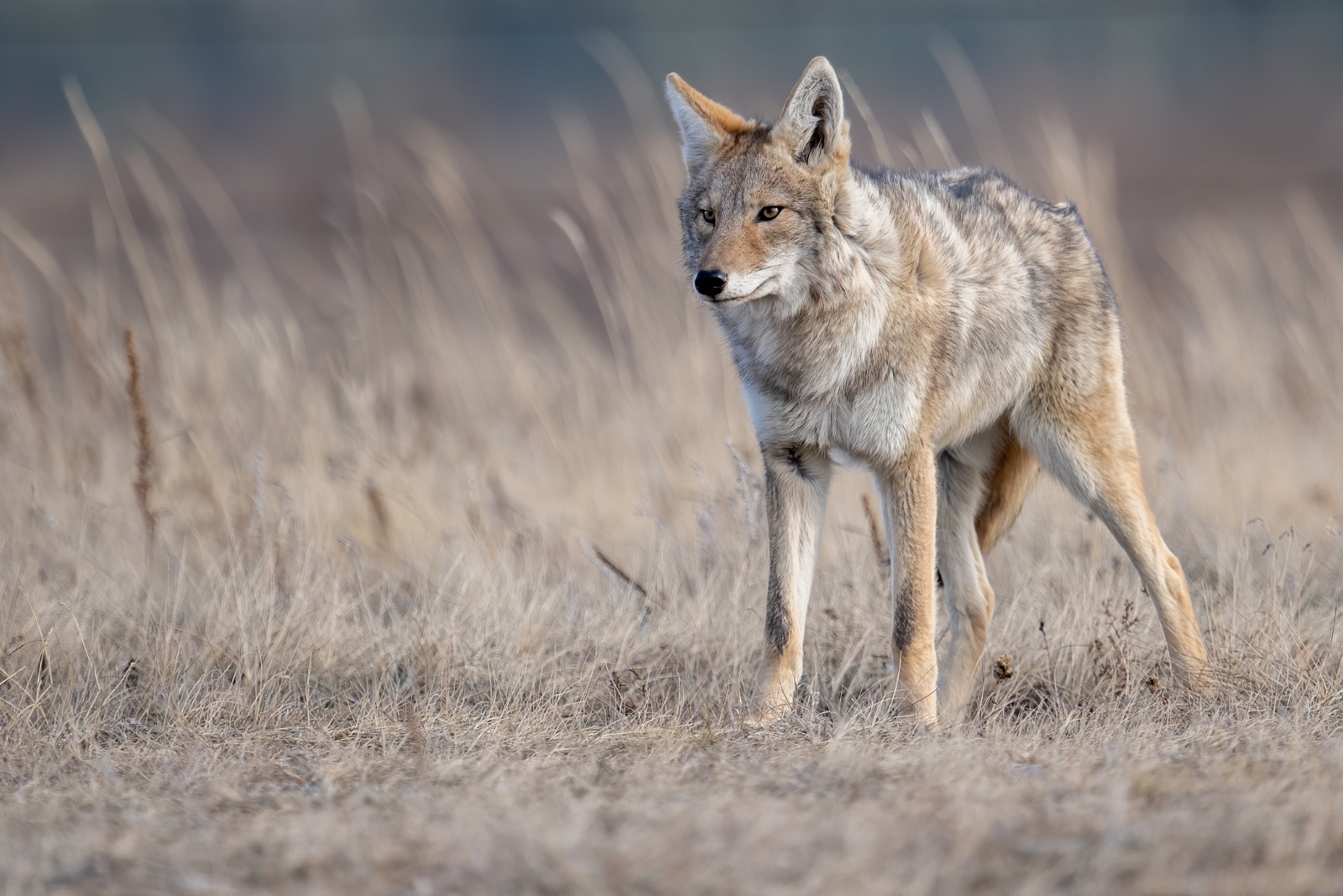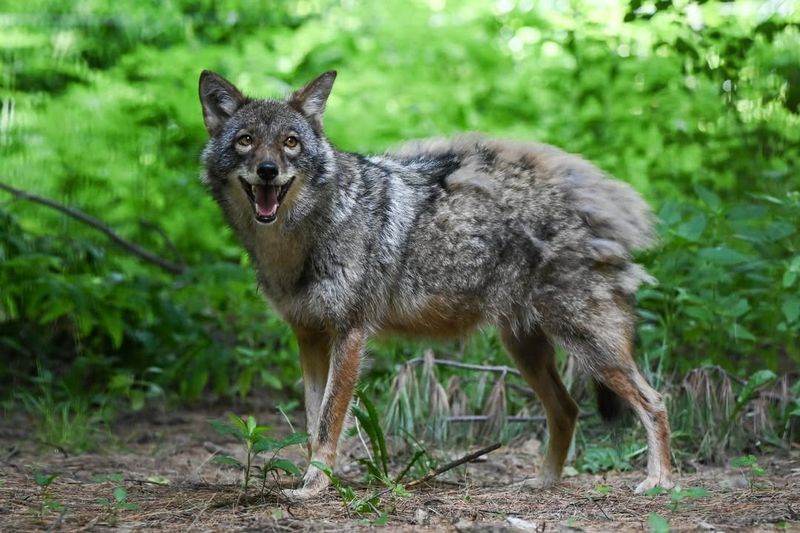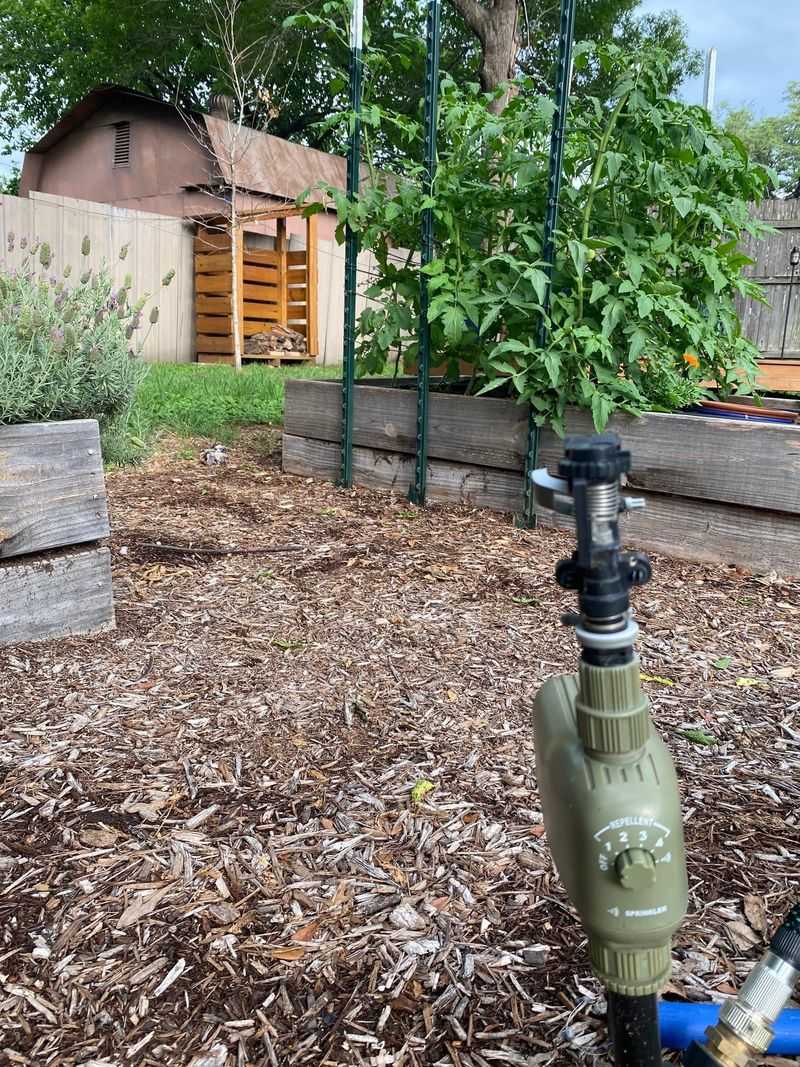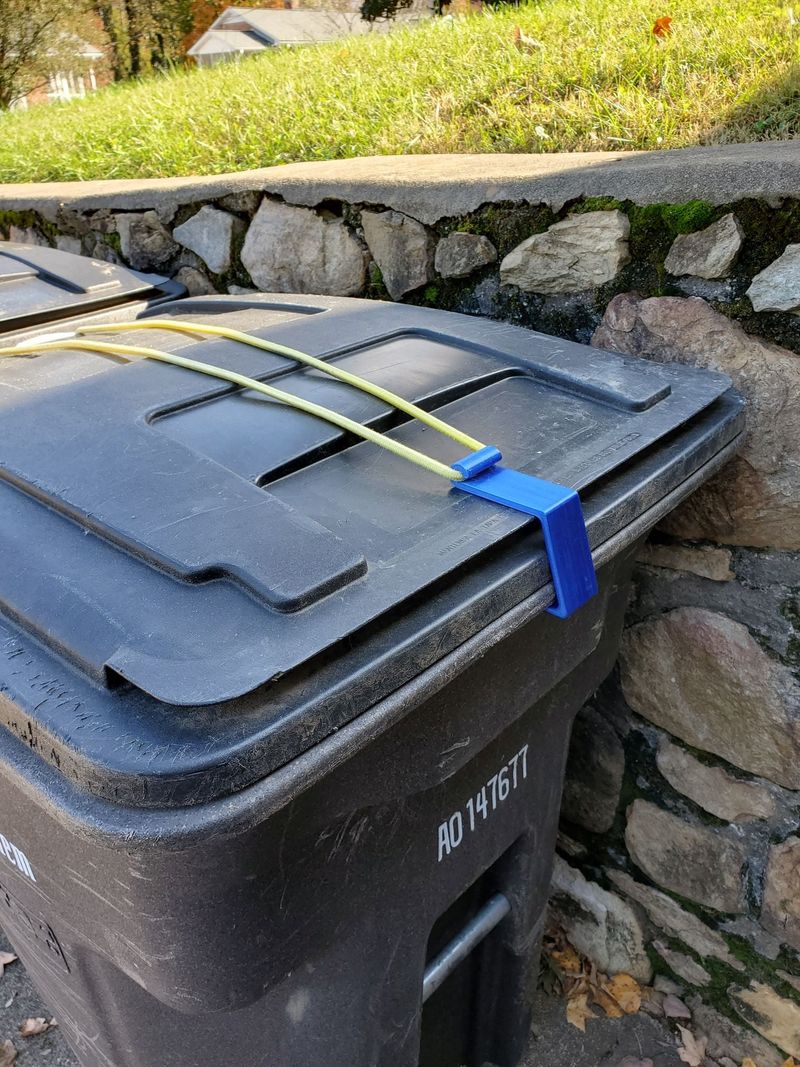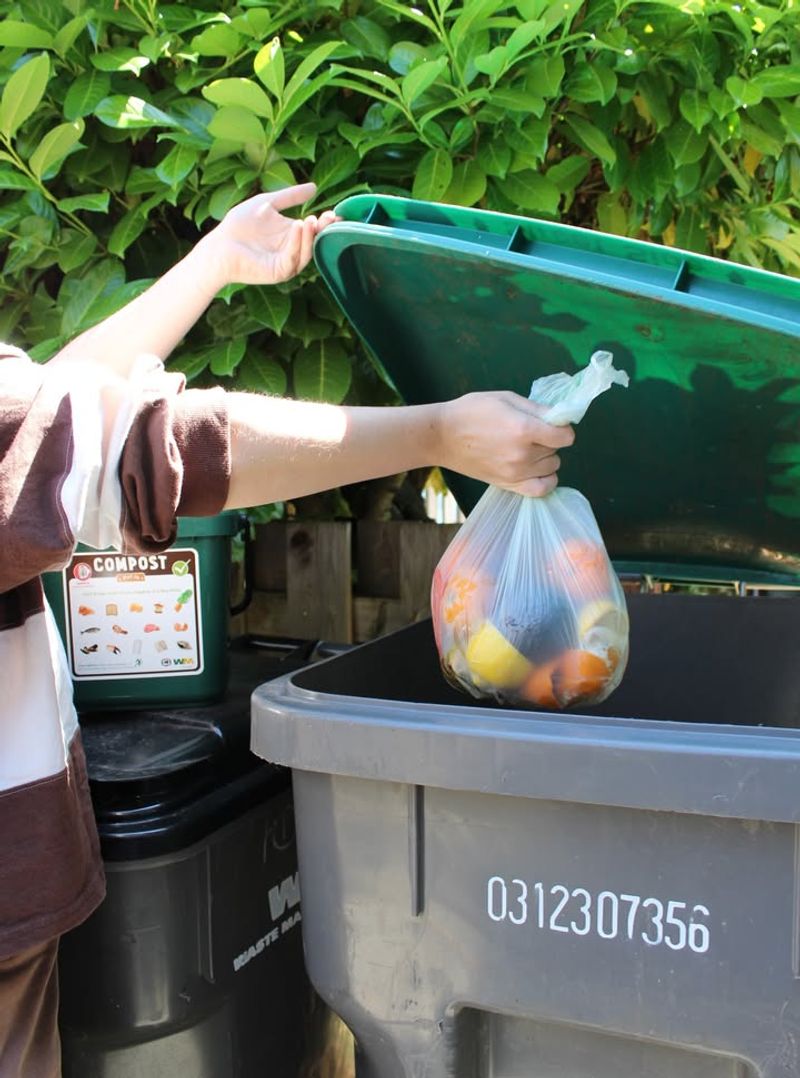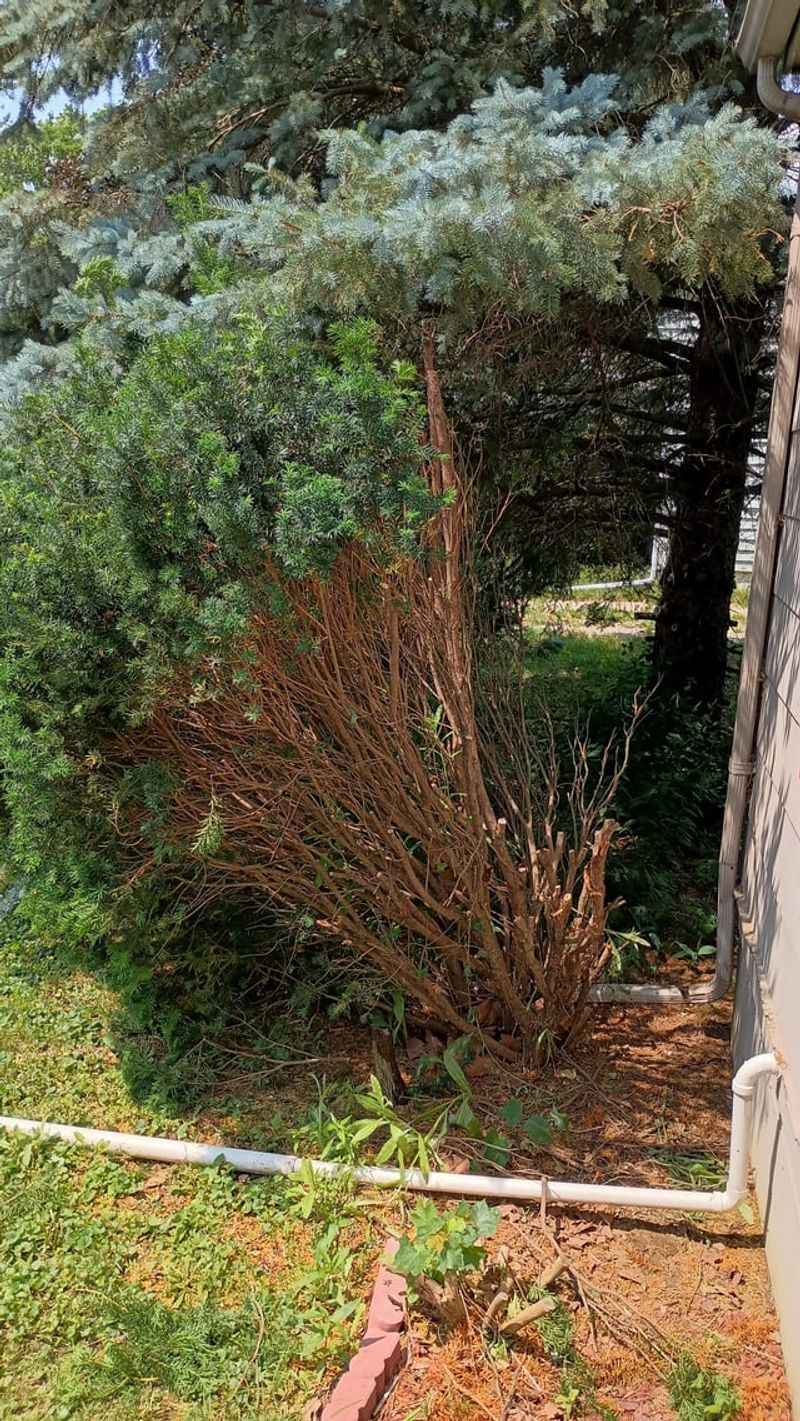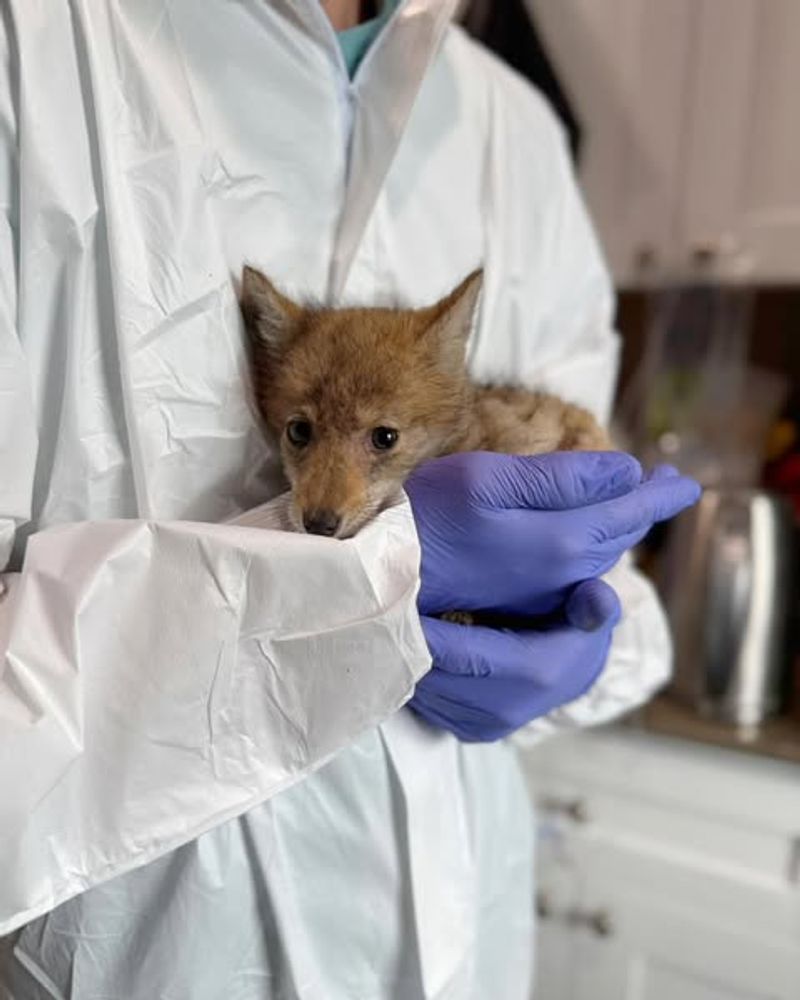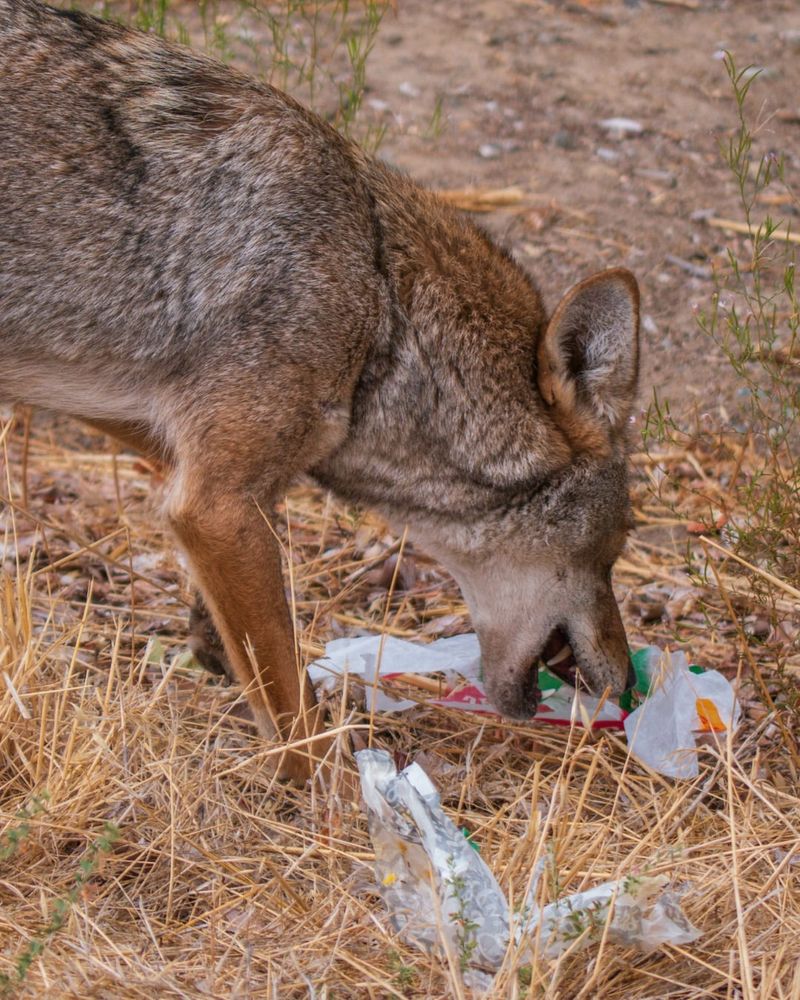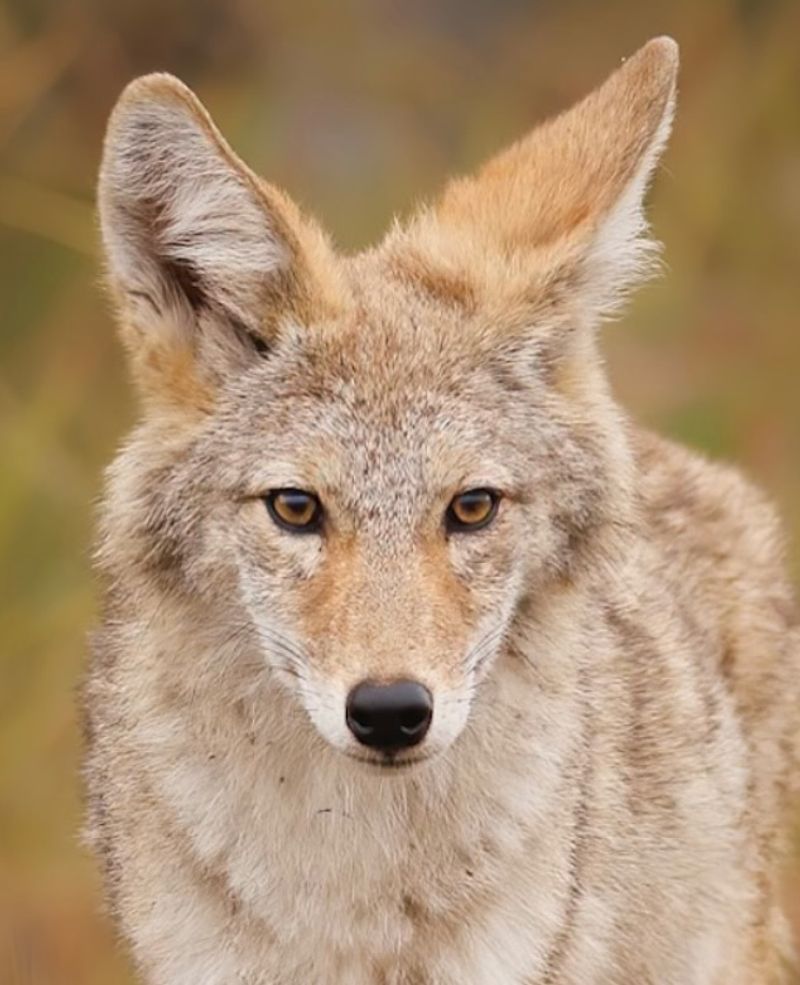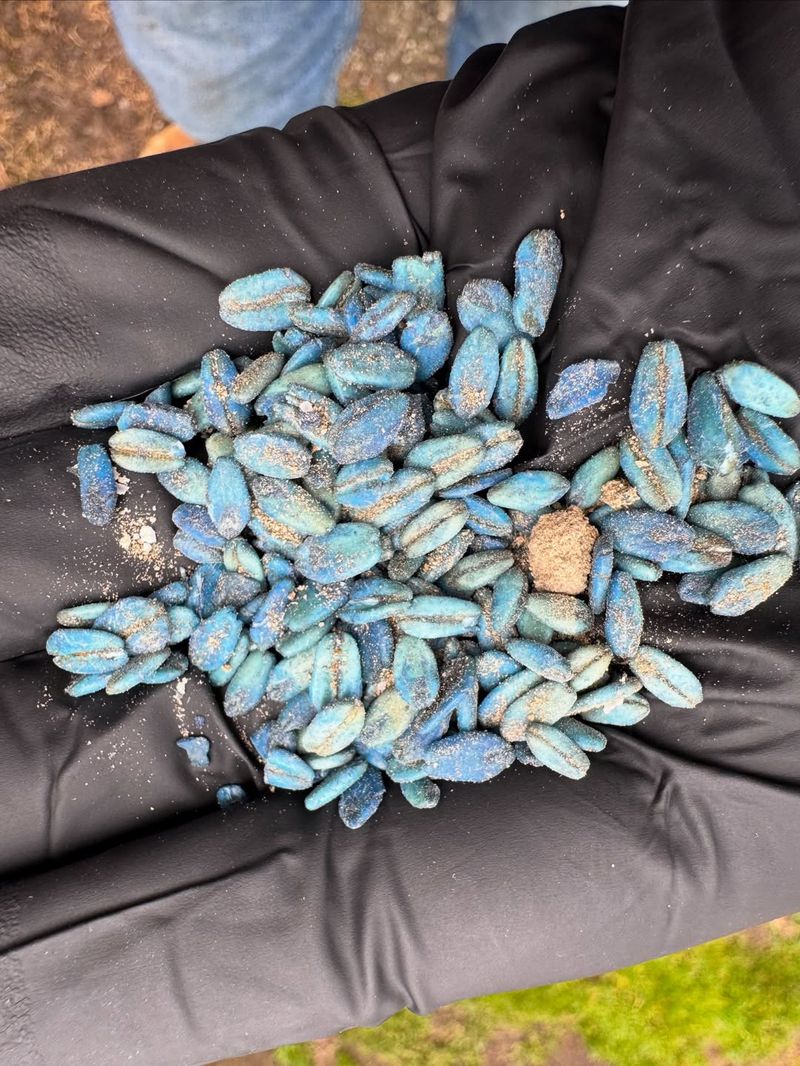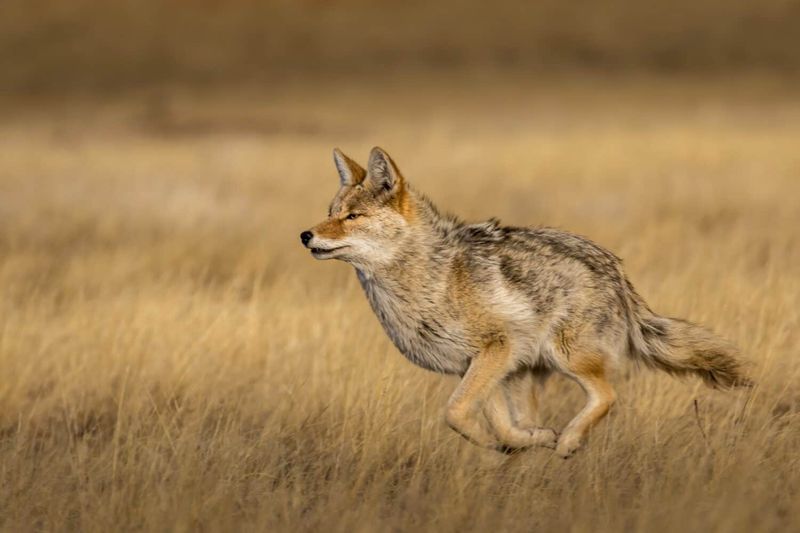Spotting a coyote in your Illinois backyard can be surprising and even a little scary. These wild animals have become more common in neighborhoods across the state, searching for food and safe places to live.
Knowing how to react properly keeps both you and the coyote safe while preventing future problems.
1. Make Loud Noises To Scare Them Away
Yelling, clapping, or banging pots together sends a clear message that humans are not to be messed with. Coyotes naturally fear people, so loud sounds remind them to keep their distance.
When you spot one in your Illinois yard, immediately start making as much noise as possible. Stomp your feet, wave your arms, and be as intimidating as you can manage.
This technique works best when done consistently by everyone in your neighborhood.
2. Install Motion-Activated Lights And Sprinklers
Automatic lighting and water sprays catch coyotes off guard when they wander into your property. These devices startle wildlife without causing any harm, making your yard feel less welcoming to nighttime visitors.
Position them near garbage areas, gardens, or spots where you’ve noticed coyote activity before. The sudden burst of light or water creates an unpleasant experience they’ll want to avoid.
Many Illinois homeowners find this method effective and low-maintenance.
3. Secure Your Trash And Compost Bins
Food smells attract coyotes like magnets, turning your property into their personal buffet. Locking lids and storing bins inside garages until pickup day removes the temptation completely.
Even compost piles can smell appetizing to hungry wildlife, so use enclosed containers rather than open heaps. Avoid putting meat scraps or greasy foods in outdoor Illinois compost.
Clean up any spills around bins promptly to eliminate lingering odors that travel far.
4. Keep Pets Indoors Or Supervised Outside
Small dogs and cats can look like prey to a hungry coyote, especially during dawn and dusk when they’re most active. Never leave pets unattended outside, even in fenced Illinois yards.
Walk dogs on short leashes and stay alert during evening bathroom breaks. If you hear coyote howls nearby, bring your furry friends inside immediately.
Outdoor cat owners should reconsider letting them roam freely in areas with coyote populations.
5. Remove Potential Food Sources From Your Yard
Fallen fruit from trees, bird feeders, and pet food dishes left outside all invite coyotes to stop by for a snack. Regularly pick up any dropped fruit and bring bird feeders inside at night.
Feed pets indoors or remove bowls immediately after mealtime. Even small amounts of kibble can attract unwanted wildlife visitors.
A clean Illinois yard without easy food access encourages coyotes to hunt elsewhere for their meals.
6. Build Or Repair Fencing Around Your Property
Solid fencing creates a physical barrier that discourages coyotes from entering your Illinois space. Fences should stand at least six feet tall, as these clever animals can jump surprisingly high.
Bury the bottom edge several inches underground to prevent digging underneath. Check regularly for gaps, holes, or weak spots that need fixing.
Chain-link works well, but solid wood or vinyl provides even better protection and blocks their view inside.
7. Trim Bushes And Clear Dense Vegetation
Overgrown shrubs and thick brush provide perfect hiding spots where coyotes feel safe lurking during daytime hours. Keeping landscaping neat eliminates these cozy shelters.
Trim low-hanging branches and clear out dense ground cover near your Illinois home. Open spaces make coyotes feel exposed and vulnerable, which they naturally dislike.
Well-maintained yards also improve visibility, helping you spot wildlife before they get too close to your house.
8. Contact Wildlife Control For Persistent Problems
Sometimes coyotes become too comfortable around humans or show aggressive behavior that requires professional intervention. Wildlife experts have training and tools to handle situations safely and humanely.
They can assess your property, identify attractants, and develop customized solutions for your specific situation. Never attempt to trap or harm a coyote yourself.
Illinois has licensed professionals who understand local wildlife laws and ethical removal practices perfectly.
9. Feeding Coyotes Directly Or Indirectly
Leaving food out intentionally or accidentally teaches coyotes that humans equal easy meals. This dangerous habit erases their natural fear and creates bold animals that approach homes confidently.
Once coyotes associate people with food, they become persistent problems for entire Illinois neighborhoods. They may become aggressive when food isn’t available or approach children.
Feeding wildlife sounds kind but actually puts everyone at risk and disrupts natural hunting behaviors.
10. Approaching Or Attempting To Pet Them
Coyotes might look like friendly dogs, but they’re wild predators with sharp teeth and unpredictable behavior. Getting close puts you at serious risk of bites and disease transmission.
Rabies and other illnesses spread through saliva and scratches, making physical contact extremely dangerous. Even young coyotes can bite hard when frightened or cornered.
Admire them from a safe distance indoors and never let children or visitors approach these wild animals.
11. Using Poison Or Illegal Trapping Methods
Poisoning or illegally trapping coyotes causes unnecessary suffering and breaks Illinois wildlife protection laws. These methods often harm unintended victims like pets, birds, and beneficial wildlife.
Poisons work slowly and painfully, while improper traps can injure animals severely. Legal consequences include hefty fines and potential criminal charges.
Humane deterrents work effectively without cruelty or legal risks, making them the smarter choice for everyone involved.
12. Ignoring Aggressive Or Sick-Looking Coyotes
Coyotes acting strangely, stumbling, or showing no fear of humans might be rabid or seriously ill. Ignoring these warning signs puts your family, neighbors, and pets in immediate danger.
Report unusual behavior to local animal control or the Illinois Department of Natural Resources right away. Describe the location, time, and specific behaviors you observed.
Quick reporting helps authorities respond before the situation worsens or disease spreads through the animal population.

